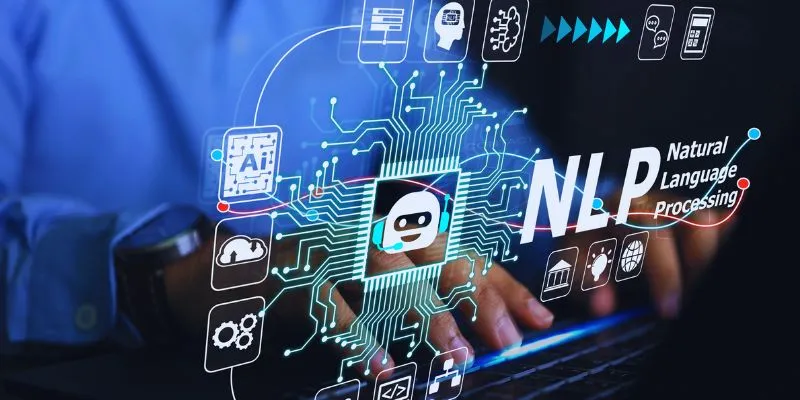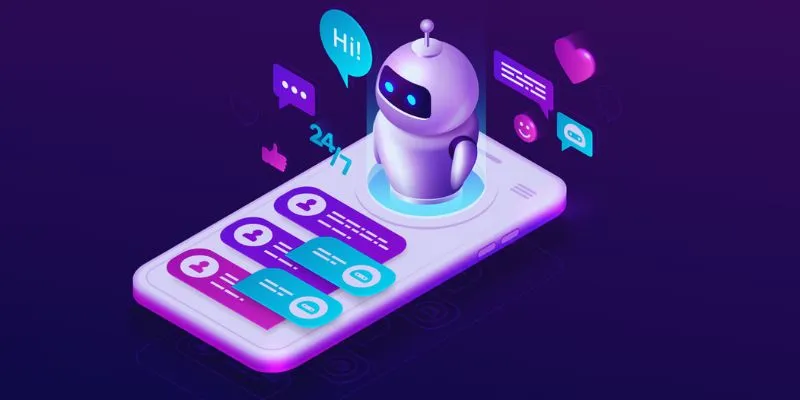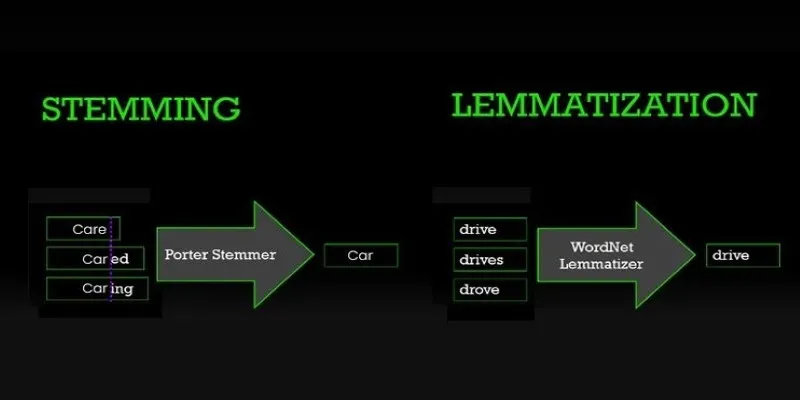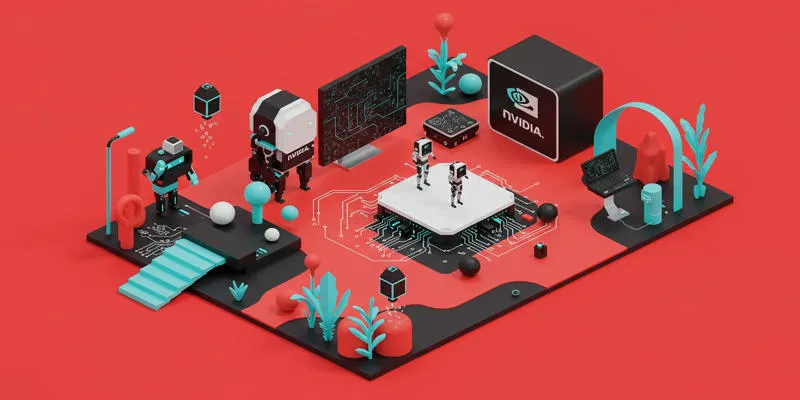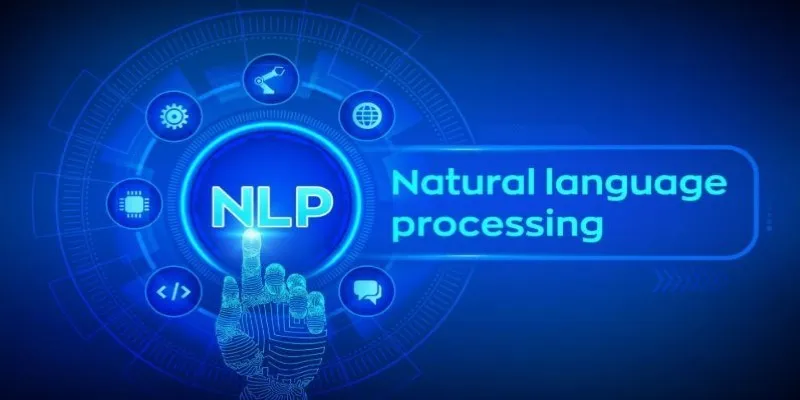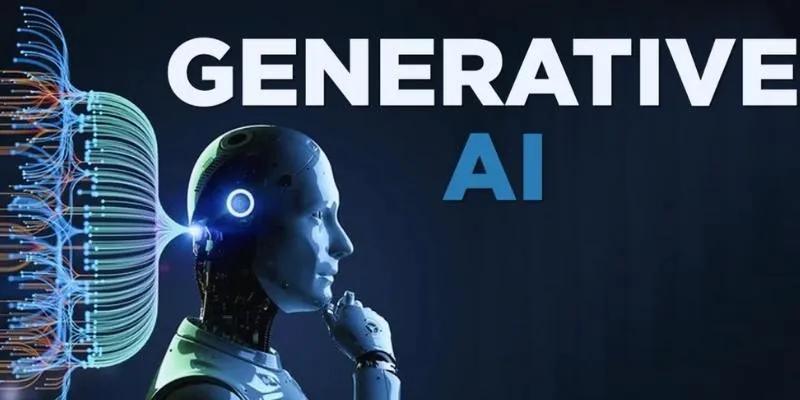The Rise of Conversational AI: Transforming Human-Technology Interaction
Imagine a world where technology doesn’t just respond to commands but actually understands and converses like a human. That’s the promise of conversational AI, an advanced system powering virtual assistants, chatbots, and voice-enabled technology. It’s why customer service bots can handle complex inquiries and why smart assistants can schedule meetings with just a simple request.
Unlike traditional automation, which is preprogrammed, conversational AI learns, adapts, and improves its responses over time. As conversational AI advances, it will become central to how humans interact with each other and machines in the future.
Understanding Conversational AI
Conversational AI refers to artificial intelligence systems designed to simulate human-like conversations. These systems use a combination of machine learning, Natural Language Processing (NLP), and speech recognition to understand and respond to user input in a way that feels natural. Unlike traditional programmed responses, conversational AI continuously improves by learning from past interactions.
The heart of this technology is NLP, which helps AI decode human words, extract meaning from them, and frame appropriate responses. NLP breaks down sentences, understands context, and identifies human emotions. Thus, most modern chatbots and virtual assistants are perceived to be more intuitive than robots that use scripts preprogrammed to respond in a given format.
A well-designed conversational AI can use slang and accents and even respond based on previous conversations. From a business, corporate customer service, and personal productivity perspective, nothing defines transformation quite like the ability to process and generate communication in a human-like manner.
How Does Conversational AI Work?
Conversational AI operates by integrating multiple technologies to create human-like interactions. The flow starts with input from the user—either text or voice. For voice, speech recognition tools translate spoken language into text, and Natural Language Processing (NLP) deciphers sentence meaning and structure. The AI system then processes this data and generates responses based on predefined rules, data models, or previous interactions.

Machine learning plays a crucial role in refining these responses over time. By analyzing past interactions, conversational AI improves its understanding of language patterns, user preferences, and context. This enables it to predict user needs, anticipate questions, and deliver more fluid, natural conversations.
Virtual assistants like Siri, Google Assistant, and Alexa exemplify this learning process. As users engage with them, these systems adapt, improving their accuracy in tasks like setting reminders, answering queries, and even engaging in casual conversations. Their ability to continuously learn from experience allows for increasingly personalized and efficient interactions, making conversational AI a powerful tool in customer service, personal productivity, and automation.
Applications of Conversational AI
One of conversational AI’s biggest strengths is its versatility. It is being implemented in various industries, changing the way businesses interact with customers and individuals engage with technology.
Customer Service
Customer service is one of the most prominent use cases of conversational AI. Many companies now use chatbots to handle inquiries, troubleshoot issues, and provide support without requiring human intervention. These AI-powered systems are available 24/7, eliminating wait times and ensuring faster responses. By automating routine customer interactions, businesses can improve efficiency while freeing up human agents for more complex concerns.
E-Commerce
E-commerce platforms leverage conversational AI to enhance the shopping experience. Automated assistants help shoppers find products, answer questions about availability, and even guide them through the checkout process. Some AI-driven systems also provide personalized recommendations based on browsing history and past purchases, making online shopping more seamless and engaging.
Healthcare
In the healthcare sector, virtual assistants support patients by scheduling appointments, tracking medications, and providing preliminary consultations based on symptoms. Some AI models even assist doctors by analyzing patient data and suggesting possible diagnoses. These applications improve access to healthcare, streamline administrative tasks, and enhance patient engagement.
Finance and Banking

Conversational AI significantly impacts the finance and banking industry. AI-powered chatbots assist customers with checking balances, managing accounts, and receiving financial advice—all without needing to visit a physical branch. This automation improves customer experience, enhances security through identity verification, and reduces operational costs for financial institutions. Many banks now use AI-driven assistants to offer personalized financial insights and fraud detection services.
The Future of Conversational AI
As technology advances, conversational AI is expected to become even more sophisticated. Future developments will likely focus on improving emotional intelligence, allowing AI to recognize and respond to human emotions more accurately. This will create more meaningful interactions, particularly in customer service and mental health support.
The integration of AI with other emerging technologies, such as augmented reality (AR) and the Internet of Things (IoT), will further expand its capabilities. Smart homes, for example, may rely on AI-powered voice assistants that interact seamlessly with connected devices, making daily tasks even more effortless.
Security and privacy concerns will also shape the future of conversational AI. As these systems handle sensitive data, ensuring secure encryption and ethical AI usage will be critical. Users and businesses will need greater transparency about how data is stored and used, leading to stronger regulations and policies.
The potential for conversational AI is vast, but its success will depend on continuous improvement, ethical considerations, and user adoption. While it has already transformed many industries, its full impact is still unfolding.
Conclusion
Conversational AI is no longer a futuristic concept—it’s a reality transforming the way we interact with technology. From chatbots assisting customers to virtual assistants managing daily tasks, this AI-driven communication is becoming more intuitive and efficient. Its ability to learn, adapt, and provide human-like interactions makes it invaluable across industries. As advancements continue, AI will become even more intelligent, responsive, and emotionally aware. However, ethical considerations and data privacy will play a crucial role in its evolution. The future of conversational AI isn’t just about automation—it’s about creating seamless, meaningful connections between humans and machines.
 zfn9
zfn9




